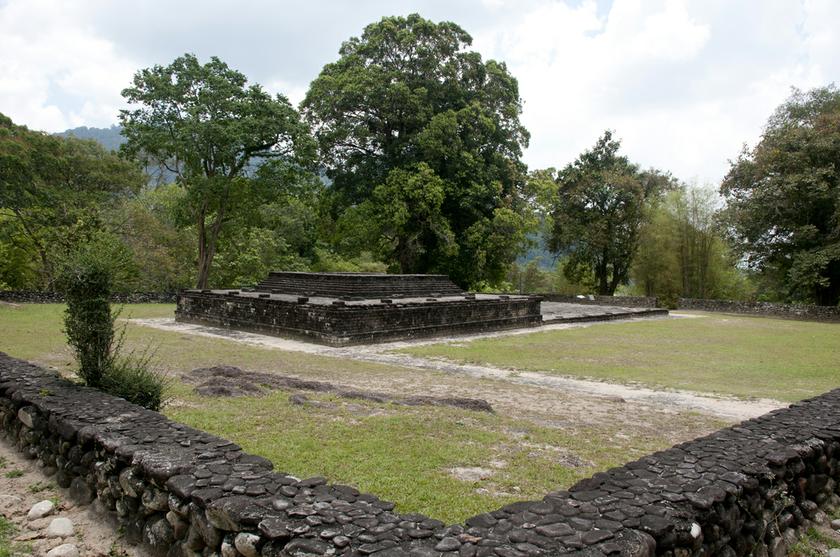GEORGE TOWN, Dec 1 — Stung by the public’s ire over the apparent inaction that allowed a 1,200-year-old temple ruin in Lembah Bujang to be destroyed, the Kedah government said it was engaging a university to determine how to preserve what was left of the prehistoric archaeological site.
Kedah state executive councillor for Youth, Sports, Arts, Culture and Heritage and Non-governmental Organisations Aminuddin Omar the administration has tapped Universiti Sains Malaysia’s (USM) Centre for Global Archaeological Research that was conducting a study on parts of the archaeological site.
“State executive councillor Datuk Tajul Urus Mat Zain is now discussing with USM’s Professor Mokhtar Saidin on how to go about handling this issue,” he said in a telephone interview today.
He said the state government will only decide its next course of action on the matter after concluding the discussions.
“We may need to study the whole area carefully to pinpoint which parts of the valley that needs to be protected,” he added.
Earlier, Azmi sought to fend off accusations that the government had stood by as a developer bulldozed the ancient site, saying it was powerless to prevent this as the land was not only on privately owned but also not gazetted as a historical site.
Yesterday, Penang’s Deputy Chief Minister II Prof Dr P.Ramasamy confirmed that candi number 11, temple ruins with Hindu influences near Sungai Batu, had been dug up and cast aside in a pile of debris by a developer clearing the land for a residential housing project.
Ramasamy had visited the site following hearing reports of the demolition and was disgusted that the developer was getting away with destroying an important piece of Malaysia’s history.
The Perai state assemblyman will be writing to Badan Warisan Malaysia to take action against the developer for destroying parts of a significant archaeological site.
Lembah Bujang, in the Merbok district of Kedah, is the richest archaeological site in Malaysia with more than 50 ancient candi or temple ruins at the site.
Most of the candi are in ruins, and some have been reconstructed and moved to a site near the Bujang Valley Archaeological Museum.
Candi number 11 was rebuilt back in 1970s by an archaeological team at its original site near the Sungai Batu.
Most of the candi ruins in the valley dates back to more than 2,000 years ago and research had showed that candi 11 is believed to be built between the 11th and 13th century.
Lembah Bujang is also home to the oldest man-made structure recorded in Southeast Asia - a clay brick monument nearly two millennia old.
Excavations on the site have uncovered jetty remains, iron smelting sites and relics with Hindu and Buddhist influences that point towards a Hindu-Buddhist Kingdom that traces as far back as 110 CE.



















